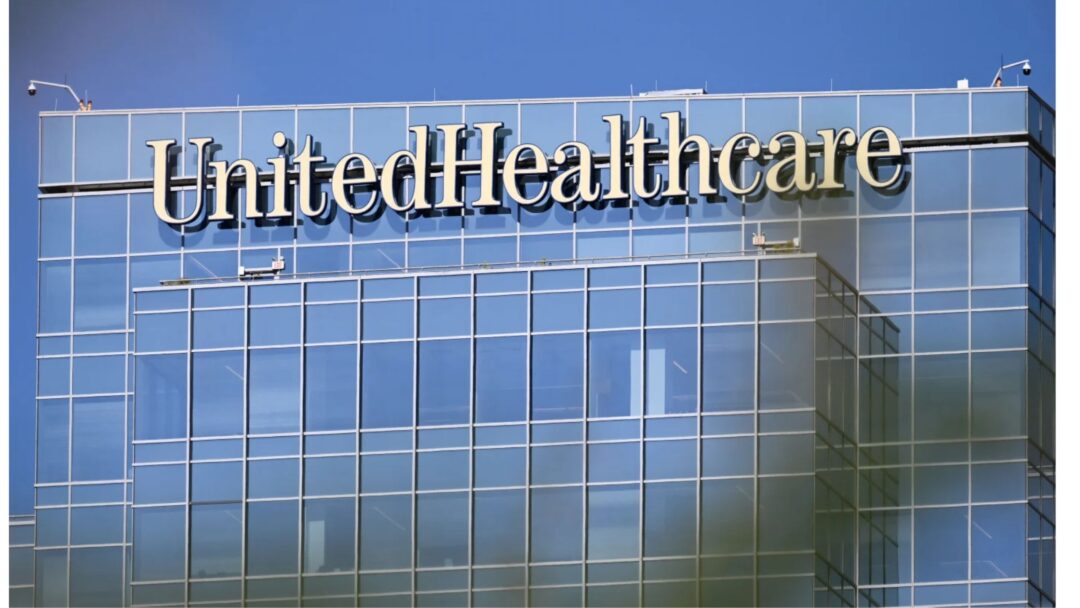UnitedHealth Group Misjudged Medicare Costs: Why Q2 2025 Earnings Disappointed
UnitedHealth Group slashed its 2025 earnings guidance due to soaring Medicare costs and high medical loss ratios—here’s what went wrong and what’s next.
A Rough Quarter for UnitedHealth Group
UnitedHealth Group’s second quarter 2025 earnings report delivered a jolt to investors. Despite growing revenue, the company missed profit expectations, blaming soaring medical costs—especially in its Medicare Advantage segment. This post explores how cost miscalculations derailed 2025 pricing, what CEO Stephen Hemsley is doing to turn things around, and what investors should watch next.
What Went Wrong — Medical Costs Overwhelmed Pricing Strategy
Failed Forecasting in Medicare Advantage Pricing
- UnitedHealth admits it underestimated accelerating medical trends back in early‑2024 when setting 2025 Medicare plan pricing, failing to adjust benefits or premium accordingly.
- CEO Tim Noel highlighted that 70% of cost pressure stemmed from physician and outpatient care usage, with inpatient care accelerating as the year progressed. UnitedHealth Group Misjudged Medicare Costs: Why Q2 2025 Earnings Disappointed.
Record-High Medical Expense Ratio (MCR)
- The medical expense ratio hit an all-time high of 89.4% in Q2 (vs. 84.8% in Q1 and 85.5% in 2024), surpassing industry estimates and marking the highest in company history.
- In contrast, the typical industry target is 80–85%, making this a clear margin squeeze.
Operational Missteps and External Headwinds
- Beyond mispricing, the company pulled ~$1 billion in planned portfolio actions previously intended to offset costs.
- UnitedHealth also faces scrutiny over Medicare billing practices in a DOJ investigation, adding legal pressure.
Q2 2025 Financial Snapshot UnitedHealth Group Misjudged Medicare Costs
Disappointed Revenue vs. Earnings
- Revenue edged up nearly 13% year-over-year to $111.6 billion, slightly above the ~$111.53 b consensus.
- Adjusted EPS came in at $4.08, well below the expected ~$4.48–$4.59.
Business Segment Performance
- UnitedHealthcare generated $86.1 billion, up ~17% YoY.
- Optum (Health, Rx, Insight combined) reached $67 billion in revenue, though Optum Health itself declined ~7% YoY.
Revised 2025 Guidance — Lower and More Cautious
- Full-year adjusted EPS guidance was slashed to ≥ $16, far below initial estimates of ~$29–$30 and the $20.6 average expected by analysts.
- Revenue outlook set to between $445.5–$448 billion, slightly below the ~ $449 b average consensus.
- The expected MCR for 2025 now forecast at 89%–89.5%, underscoring cost challenges.
Strategy Under New CEO
Return of Stephen Hemsley
- Former CEO Stephen Hemsley returned in May to steer a recovery, pledging to bring back discipline and transparency after months of turmoil.
Operational Reforms
- Third-party expert reviews (e.g. by Analysis Group, FTI Consulting) are underway to audit risk status, care management, and pharmaceutical services. First findings expected by Q4.
- Investments in AI and payment integrity tools aim to curb unnecessary costs for patients and reduce audit risk.
Investors Are Saying
- Analysts at Bank of America, Raymond James, UBS, Morgan Stanley and Leerink have downgraded UNH or cut price targets. Expected 2025 EPS estimates range from $18 to $23, not the $26–$30 once forecast.
- Barron’s notes that despite a 50% decline in stock since April, long-term optimism remains due to UnitedHealth’s scale, strong cash flow, and diversified Optum + insurer model.
Insights and Implications
- Underpriced risk: UnitedHealth’s error in pricing Medicare Advantage plans underscores how sensitive these products are to utilization surprises.
- High senior care demand: Seniors are returning to hospitals post-pandemic for delayed procedures, driving utilization beyond historical norms.
- Sector-wide pressure: Competitors like Centene, CVS/Aetna, Elevance also reported MCR above 90% in Q2—a systemic challenge.
Watch Next
- Third-quarter expert reviews: Will reforms translate into improved operational discipline?
- Cost trends in H2 2025: Are outpatient and inpatient surges slowing?
- 2026 outlook: Management expects earnings growth in 2026—will it materialize?
- Regulatory & DOJ outcomes: Could Medicare billing investigations bring further financial exposure?
Key Takeaways
- UnitedHealth’s 2025 earnings collapse reflects a significant misjudgment of Medicare cost inflation and utilization trends.
- While revenues climbed, margins imploded under an unprecedented 89.4% medical cost ratio.
- New leadership under Stephen Hemsley is pledging stricter controls, audit reform, and AI-driven efficiencies.
- Analysts now expect 2025 EPS between $18–$23, versus prior heights of ~$30.
- The stock’s slide (~50% YTD) may offer a buying opportunity—if reforms stick and cost pressures ease.
UnitedHealth’s Q2 2025 earnings report is a cautionary tale: even market leaders can falter when costs outpace strategy. The company’s next chapter hinges on disciplined execution, accurate forecasting, and regulatory transparency. Keep an eye on upcoming quarterly results, cost-control initiatives, and the expert-led operational audit.
If you’d like more content like this, check out:
- Related Blog: “How Medical Cost Trends Are Reshaping Health Insurance Pricing”
- Related Blog: “Why Healthcare Companies Are Embracing Value‑Based Care Delivery”
To explore reputable sources on insurer performance and medical-loss ratios, see:
- External: MarketWatch report analyzing UNH’s rising medical costs and profit miss
- External: AP News coverage of Q2 results and guidance cut
- Timeline: UNH’s key events from Q4 2024 through Q2 2025 (cyberattack, leadership change, guidance cuts)
- Medical Expense Ratio trend chart from Q1 2024 to Q2 2025
- Segment revenue breakdown (UnitedHealthcare vs. Optum components)
- Highlighted cost drivers (physician care, inpatient use, regulatory impacts)
